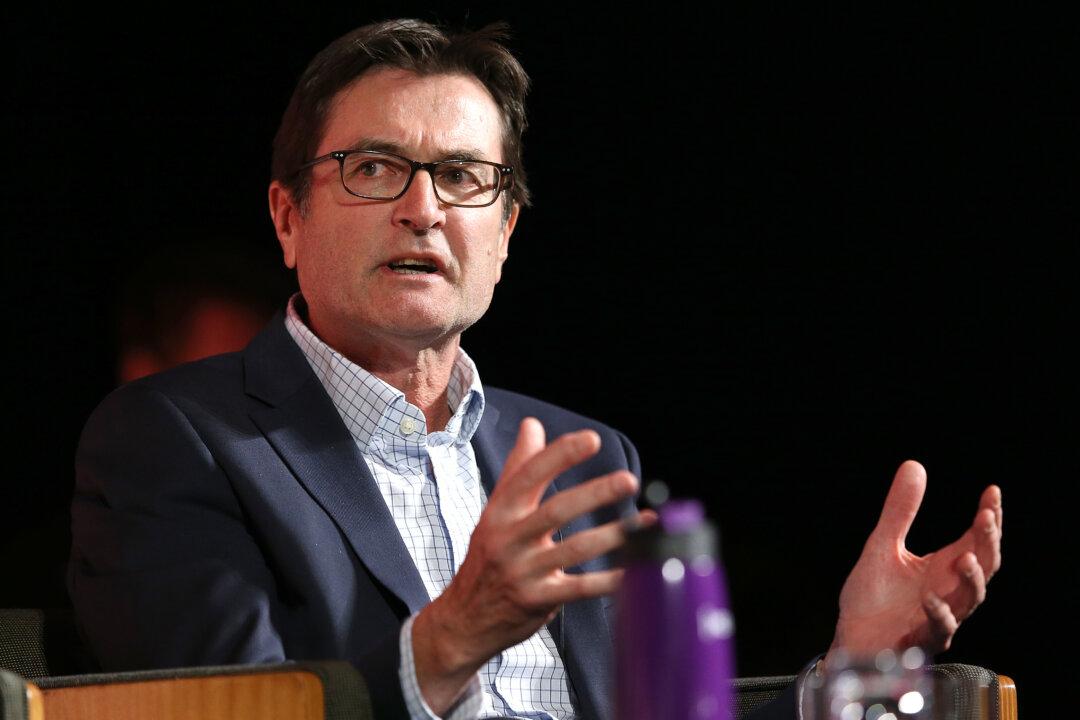Australians will need to continue being careful with their budgets, as company bosses look likely to hold back pay raises amid inflationary pressures.
A salary survey conducted by Robert Walters—a Sydney-based recruitment agency—of 1,500 employers revealed that 58 percent would not be offering any pay rises above the current inflation rate, at around 5 percent.





